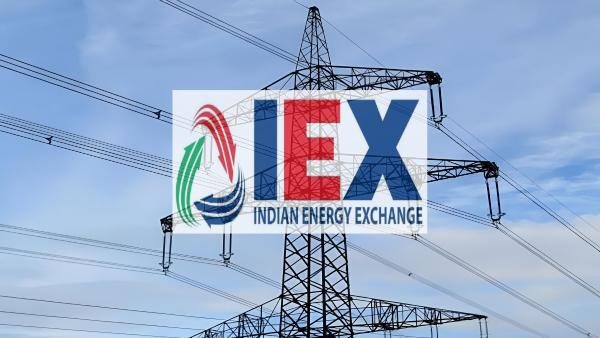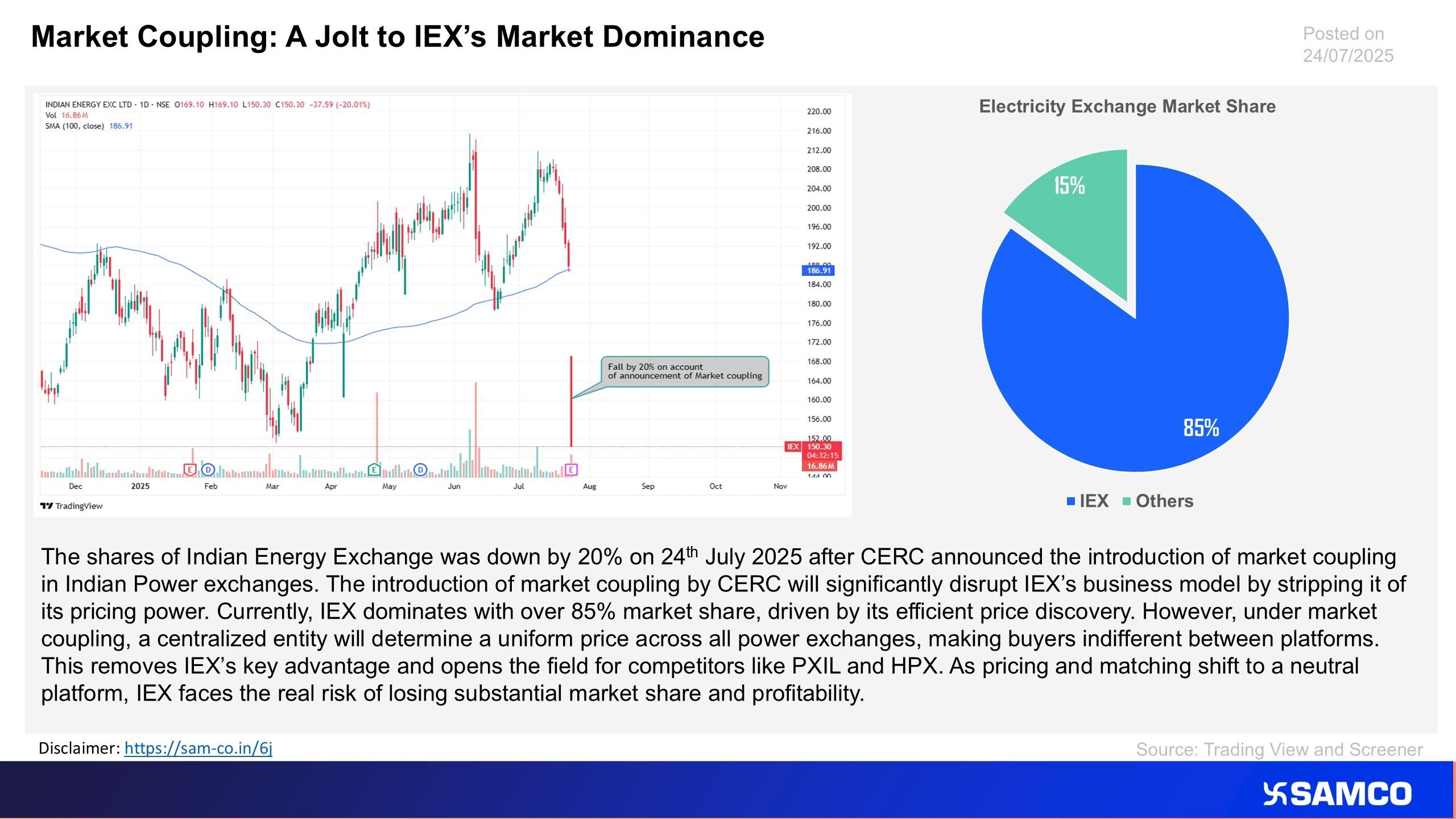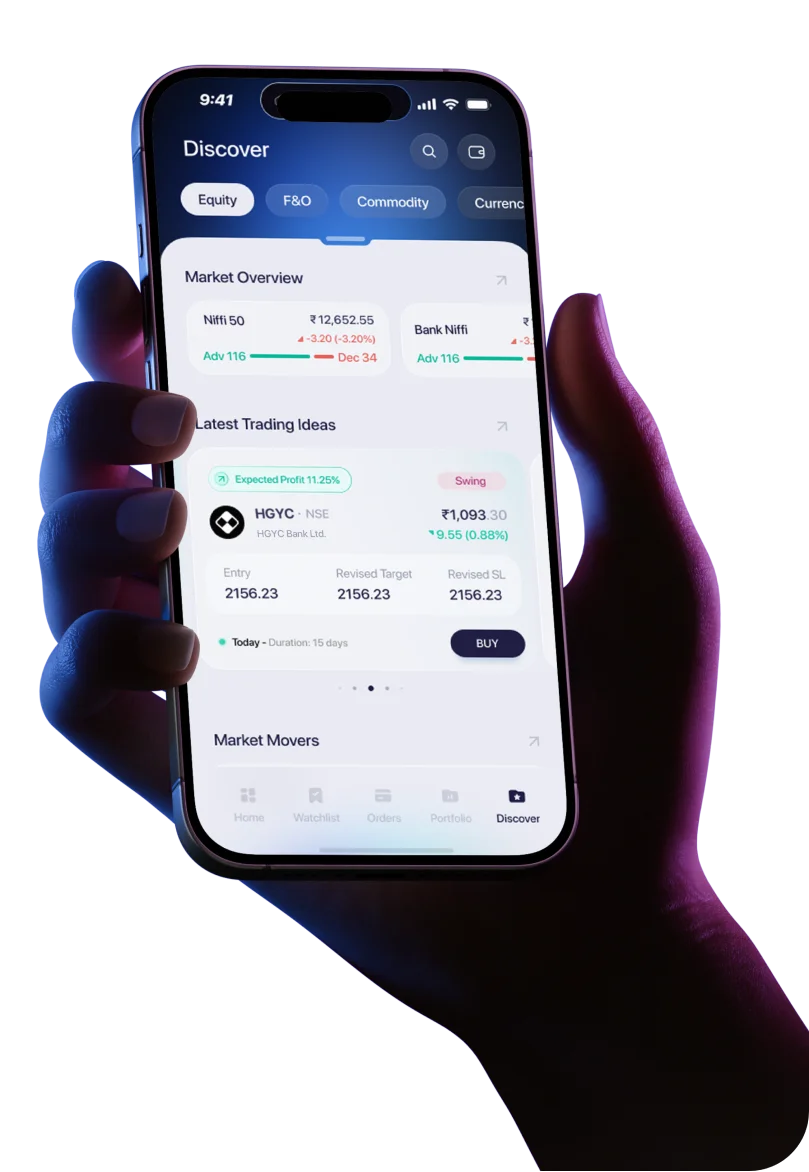The Indian Energy Exchange (IEX) has long stood as the unrivaled leader in India’s electricity trading space. Since its launch in 2008, the platform has built a strong reputation for providing a seamless marketplace where power producers and consumers—including government utilities, industries, and private distributors—can buy and sell electricity across segments like the Day-Ahead Market (DAM), Real-Time Market (RTM), and green energy trading.
With more than 85% market share, IEX’s dominance was bolstered by efficient price discovery, a user-friendly interface, and deep liquidity. Competitors such as PXIL and HOPEX have existed, but none could match IEX’s scale—until now.
A New Regulatory Shift: Market Coupling
The game may be about to change drastically. On 24th July 2025, the Central Electricity Regulatory Commission (CERC) announced a major reform: the introduction of market coupling across Indian power exchanges.
So, what exactly is market coupling?
Under this new framework, a central clearing entity will collect buy and sell bids from all exchanges and determine a single, uniform clearing price. This means that platforms like IEX will no longer independently determine prices or match orders—removing the two biggest advantages it holds today.
Implications: A Shake-Up for IEX
This change could prove disruptive for IEX. Without exclusive control over price discovery or trade matching, the platform's competitive edge may erode. Since all exchanges will now offer the same price, users may switch based on factors like transaction fees, ease of use, or platform incentives.
Unsurprisingly, the market reacted strongly. IEX’s stock plunged 20% following the announcement, reflecting growing concerns among investors over the company’s future earnings and growth trajectory.
As a result, IEX may need to pivot its strategy—investing more in service differentiation, customer retention, and exploring newer segments like long-duration contracts or green power derivatives.
The Competitive Field Just Got Wider
The introduction of market coupling levels the playing field. Rivals like PXIL and HOPEX, previously sidelined by IEX’s dominance, may now attract users looking for alternatives. With pricing and liquidity being equal across platforms, it’s no longer about who came first but who adapts best.
Final Thoughts
This regulatory reform marks a pivotal moment for India's power trading ecosystem. While it challenges IEX’s long-held position, it also opens the door for innovation, competition, and possibly more transparency in the energy market.





 Easy & quick
Easy & quick
Leave A Comment?